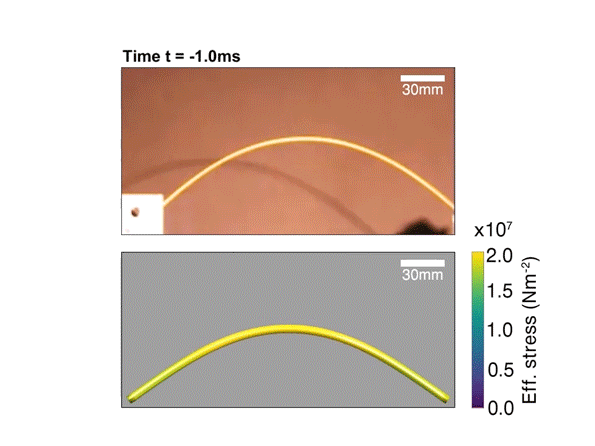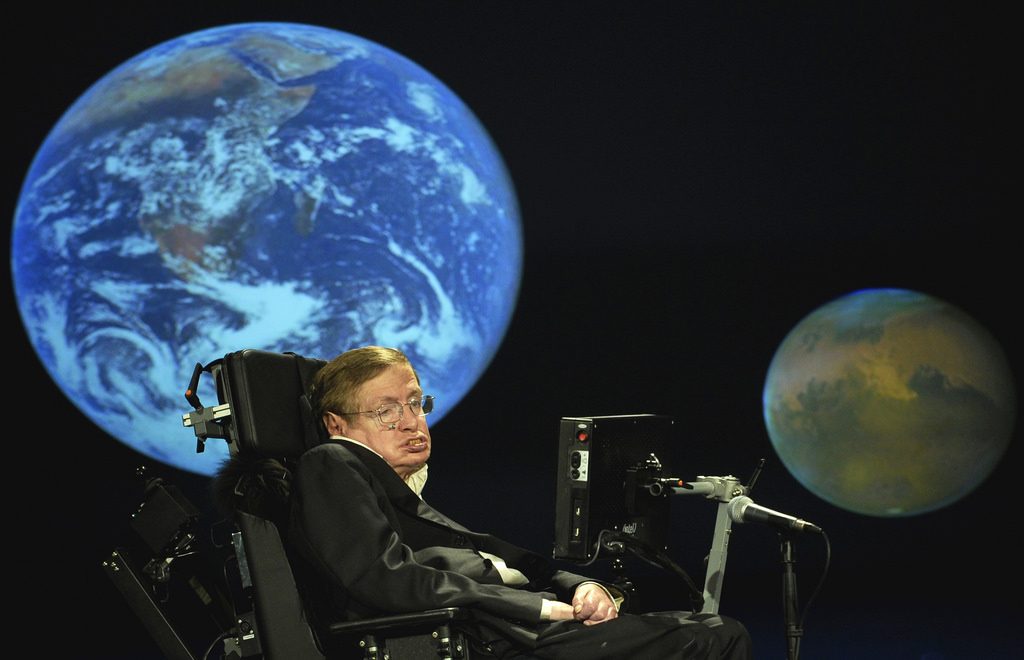How did it all begin? Is there a god? Can we predict the future? Is there other intelligent life in the universe? For decades, many of us turned to Stephen Hawking for answers to those questions, or at least supremely intelligent suggestions as to where the answers might lie. But the celebrated astrophysicist’s death earlier this year — after an astonishingly long life and career, given the challenges he faced — took that option away. It turns out, though, that we haven’t actually heard the last of him: his last book, Brief Answers to the Big Questions (whose trailer you can watch just above), came out just this week.
“The book is quintessential Hawking,” writes physics professor Marcelo Gleiser at NPR. “He starts by addressing the questions in physics and cosmology that he dedicated his intellectual life to answer, using easy-to-follow arguments and drawing from everyday images and thought experiments.” Hawking’s answers to the big questions figure into his view of not just the world but all existence: he believes, writes Gleiser, “that humanity’s evolutionary mission is to spread through the galaxy as a sort of cosmic gardener, sowing life along the way. He believes, even if not without worry, that we will develop a positive relationship with intelligent machines and that, together, we will redesign the current fate of the world and of our species.”
In parallel with his career as a public figure and writer of popular explanatory books, which began with 1988’s A Brief History of Time, Hawking performed scientific research on black holes. The Guardian’s science editor Ian Sample describes it as a “career-long effort to understand what happens to information when objects fall into black holes,” capped off by a posthumously published paper titled “Black Hole Entropy and Soft Hair.” “Toss an object into a black hole and the black hole’s temperature ought to change,” writes Sample. “So too will a property called entropy, a measure of an object’s internal disorder, which rises the hotter it gets.” In the paper Hawking and his collaborators show that “a black hole’s entropy may be recorded by photons that surround the black hole’s event horizon, the point at which light cannot escape the intense gravitational pull. They call this sheen of photons ‘soft hair’.”
If that sounds tricky to understand, all of us who have appreciated Hawking’s writing know that we can at least go back to his books to get a grip on black holes and the questions about them that get scientists most curious. Much remains for future astrophysicists to work on about that “information paradox,” to do with where, exactly, everything that seemingly gets sucked into a black hole actually goes. “We don’t know that Hawking entropy accounts for everything you could possibly throw at a black hole, so this is really a step along the way,” Hawking’s collaborator Malcolm J. Perry tells Sample. “We think it’s a pretty good step, but there is a lot more work to be done.” As Hawking surely knew, the big questions — in physics or any other realm of existence — never quite get fully answered.
Related Content:
Watch A Brief History of Time, Errol Morris’ Film About the Life & Work of Stephen Hawking
The Big Ideas of Stephen Hawking Explained with Simple Animation
Based in Seoul, Colin Marshall writes and broadcasts on cities, language, and culture. His projects include the book The Stateless City: a Walk through 21st-Century Los Angeles and the video series The City in Cinema. Follow him on Twitter at @colinmarshall or on Facebook.





